One of the oldest farms in the borough
Please note that this text is an extract from a reference work written in 1990. As a result, some of the content may not reflect recent research, changes and events.
a) PATCHAM COURT FARM: The oldest farm in the parish and the former manorial property, Patcham Court Farm covered 733 acres and was acquired by Brighton Corporation in December 1925, having been in the Marquess of Abergavenny’s family since 1439. The old farm buildings form an attractive group at the top of Church Hill , having survived a council proposal for their demolition in the 1950s when the modern Patcham Court Farm buildings were erected to the north of Vale Avenue on the road to Standean; in fact it is the 1950s farm buildings that will be demolished for the construction of the Brighton bypass with a third farm to be built higher up the Standean Road.
The large, listed farmhouse still standing in Vale Avenue is faced in knapped flint and dates from the early seventeenth century, but it has been extended and considerably restored. In its back garden alongside Church Hill stands a circular flint dovecote with walls three feet thick and 550 nesting boxes. Dating from the seventeenth century or possibly even earlier, it retains its original swinging ladder or ‘potence’, and is a scheduled ancient monument, the only building so designated within the borough, as well as a listed building. {1,44,123,305}
On the opposite side of Church Hill stands a magnificent, listed tithe barn, at 250 feet the longest in Sussex. Dating from the seventeenth century or earlier, it has mostly weather-boarded walls but there is some knapped flint work and also a fine beamed roof. The barn was used by agricultural merchants Levetts Ltd for many years following its reprieve in the 1950s , but in 1986-7 it was radically converted into dwellings and a church hall to form the centre-piece of the Village Barn development; the wooden interior beams have been preserved, however. A new barn-like block, built in flint and with a decorative round tower, was erected at the same time in Vale Avenue. {1,44,47,123}
Any numerical cross-references in the text above refer to resources in the Sources and Bibliography section of the Encyclopaedia of Brighton by Tim Carder.
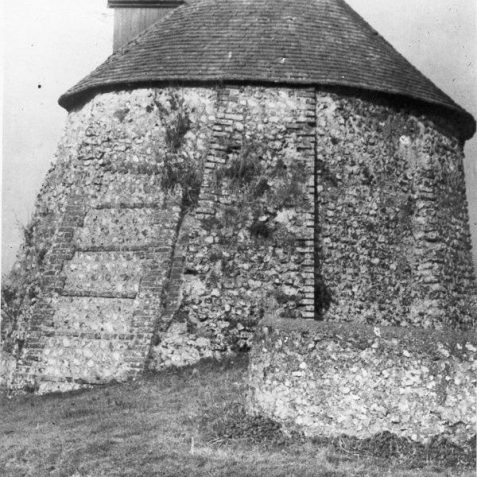
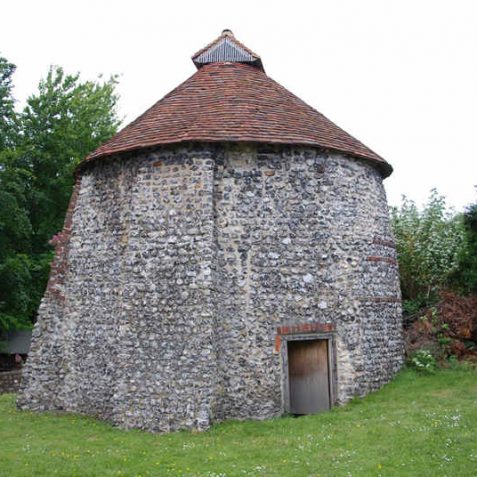
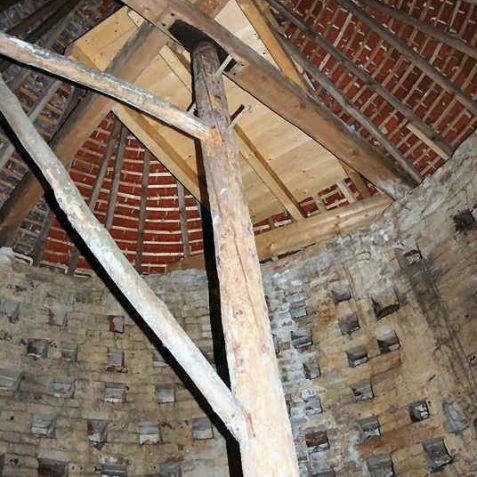
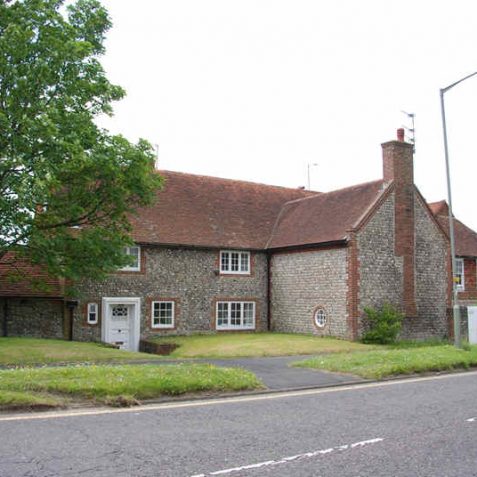
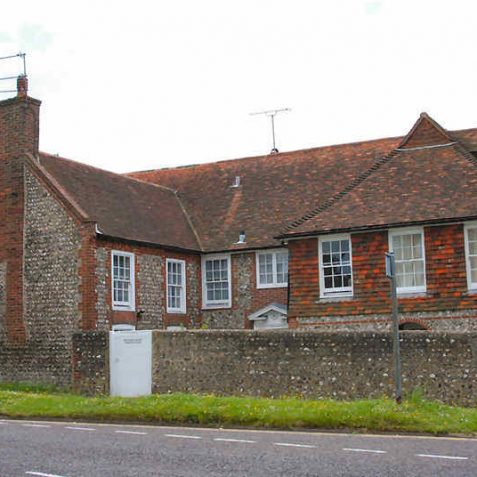
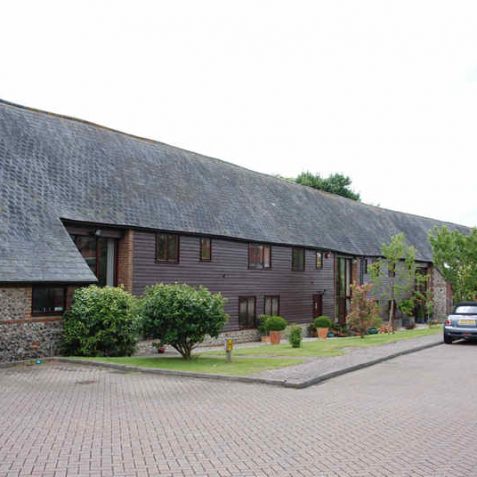
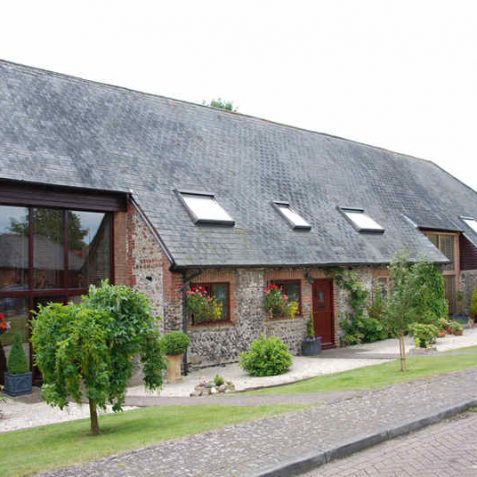
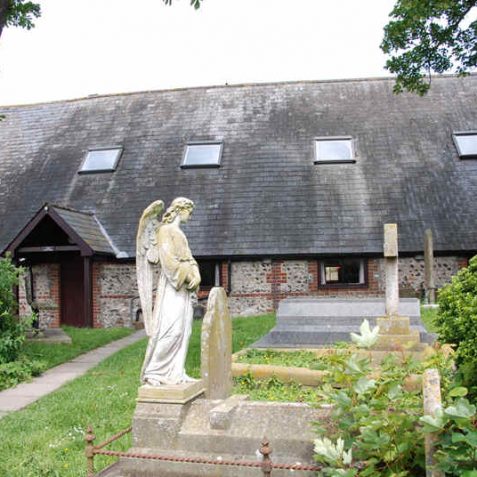




Comments about this page
We are currently trying to trace an old friend that worked at Patcham Court Farm possibly 15-20 years ago unfortunately we only have a first name as his surname now escapes us. His name is Nigel and he used to be a farm hand but he left this position to go to Guernsey. He also was resident in one of the tied farm cottages. If you can help us trace him or know how we can find records of past employees could you please contact us by leaving a comment on this page. Thank you.
I recall playing in the ruins of the farm just after the War. If I am right, both it and the dovecote were both in need of drastic repair in those days. It is great that it was saved. Pity some similar buildings in the area, like the 15th century barn in Ladies Mile Road that served as a methodist church, was not so lucky.
I wonder why the Barn in Ladies Mile Rd was demolished, as it seemed to be in good order when I went there to Boys’ Brigade meetings around 1962. Somewhere in the attic is a photo of the 30th Brighton lined up outside the Barn, I will no doubt find it one day. I seem to remember that Adrian and Paul Hearne are in the photo, also Duggie Edmonds, Graham Herford and many more whose names escape me.
My father and 2 uncles worked at the farm , that’s where I was born and baptised in the church 1947.
Add a comment about this page